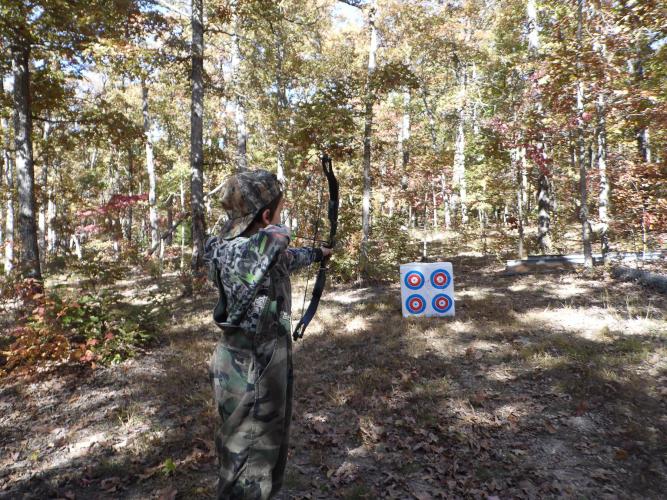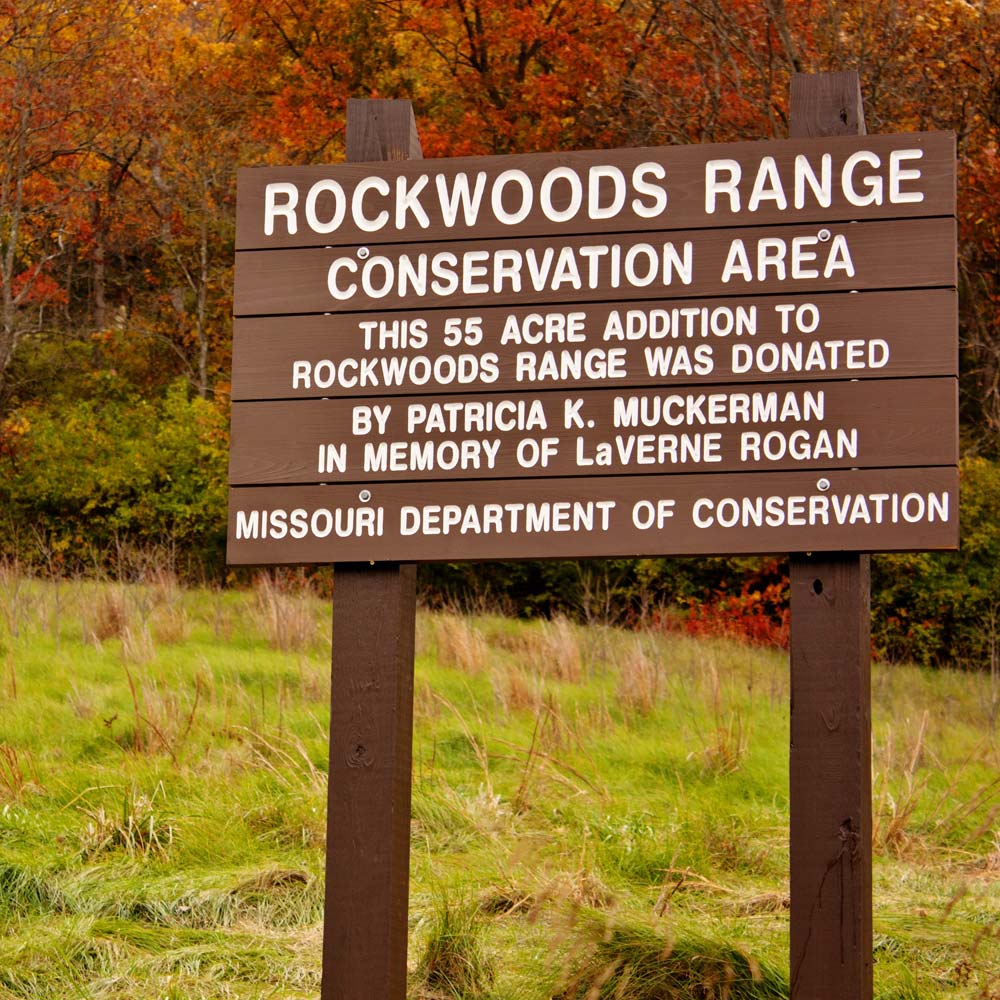
Xplor reconnects kids to nature and helps them find adventure in their own backyard. Free to residents of Missouri.


































Stay in Touch with MDC news, newsletters, events, and manage your subscription

Xplor reconnects kids to nature and helps them find adventure in their own backyard. Free to residents of Missouri.

A monthly publication about conservation in Missouri. Started in 1938, the printed magazine is free to residents of Missouri.








WAH-KON-TAH PRAIRIE, Mo. -- Bob Merz held a large black beetle with bright orange spots between his thumb and forefinger, admired the colors, and then placed it into a hole alongside a dead, farm-raised, bobwhite quail. Merz hopes that beneath this prairie sod on Wah-Kon-Tah Prairie, released pairs of American burying beetles will mate and help return an extraordinary, endangered insect to Missouri. Wah-Kon-Tah Prairie is owned by The Nature Conservancy of Missouri and managed by the Missouri Department of Conservation (MDC).
Merz directs the Center For American Burying Beetle Conservation at the Saint Louis Zoo, part of his broader work with invertebrates at the zoo. He’s propagated and studied the beetles at the zoo for eight years. On June 5, he led crews that returned almost 300 of the carrion-eating insects back to the wild.
“It’s a unique experience to get to release an endangered species,” Merz told beetle handlers. “I think we should reflect on that.”
The beetles will bring no changes for property owners in the release area a few miles north of El Dorado Springs. The American burying beetles released at Wah-Kon-Tah are classified as a non-essential, experimental population by the U.S. Fish and Wildlife Service. The only restriction is that they cannot be captured and sold. There are no land-use rules regarding their presence on private property. They do not affect crops or livestock in any way.
This is the first release in the United States of an endangered insect with the non-essential, experimental classification, said Scott Hamilton, a biologist with the federal fish and wildlife agency.
American burying beetles are a benign bug because they help cleanse the landscape. They will be rarely seen if they do make a comeback. The beetles are nocturnal and spend much of their lives underground. They’ve been on the federal endangered species list since 1989 and were last observed in Missouri in the 1970s. Originally, they were found in prairies and woodlands in 35 states. Prior to this release they were found in only six states. Biologists do not know why they declined.
The beetles are large, bright and stinky. Adults can be an inch and a half long. Bright orange spots decorate their shiny black bodies. They smell like what they eat, dead meat, though they will also feed on small grub worms.
What fascinates scientists is the American burying beetle’s parenting style, including both feeding their young, which is extremely rare in insects. A mating pair of beetles can bury dead animals as large as a quail or field rat. In the underground chamber, they strip the meat, roll it into a “meat ball,” and preserve it with oral and anal secretions that suppress bacteria and fungi. When young larvae hatch, they make a sound with their wings that attracts the young and they feed them from the meat ball. The females punches holes in the chamber wall to help the young migrate into soil and for the pupae stage.
Mites that eat fly larvae also attach to the American burying beetles and use them as a ride to carrion.
At Wah-Kon-Tah, a male and female were placed in holes with a dead quail for a food source. Most beetles quickly crawled into the dark side chamber with the quail. Then, the sod plug removed to create the hole was replaced. Crews from the zoo will check some release sites in the coming weeks to see if young were produced. The sites will also be monitored in the future for adults. More releases are planned in the next five years in hopes of creating a self-sustaining population.
For more information: http://www.stlzoo.org/conservation/wildcare-institute/americanburyingbeetleconse/.
For more information on Wah-Kon-Tah Prairie, go to http://bit.ly/Kgj3Bt.